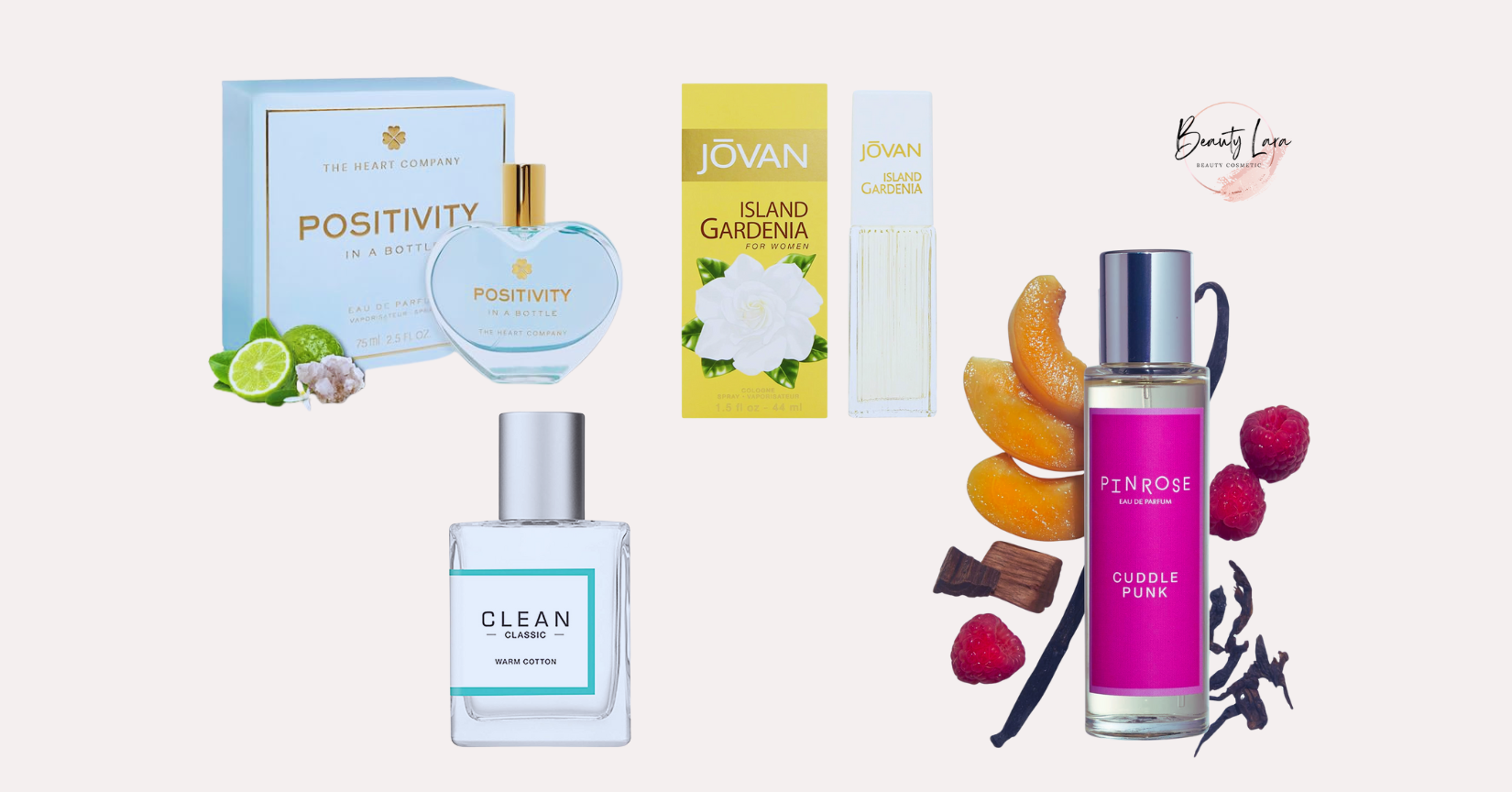Seeing your complexion glow with radiance can feel flattering. But when that glow crosses over into overt shine territory, it can become an annoyance. Greasy skin plagued by excess oil is the usual suspect behind lackluster shine.
However, plenty of other subtler culprits can also leave skin looking polished rather than matte — sans the slick feel or clogged pores.
Why is my skin so shiny but not oily? What could be causing this unexpected sheen, and how can I address it to achieve a more balanced complexion?
What Triggers Shine Without Oil?
Shine doesn’t automatically equate to oiliness. Here are six other common causes of enhanced luminosity minus visible oil production or related breakouts:
1. Dehydration
Chronic moisture loss leads to a compromised skin barrier — the outermost protective layer guarding our largest organ. When that barrier grows damaged, the body produces extra sebum oil in hopes of sealing water inside. This overcompensation can make dehydrated complexions appear shinier as light bounces off the layered-on sebum, even though pores stay relatively clear.
Hydrating toners, antioxidant serums, and emollient yet non-greasy moisturizers infuse skin with vital nutrients to heal the moisture barrier from within. Limiting hot showers, harsh soaps, indoor heating, and low-humidity environments also helps prevent continual water loss, leading to rebound oiliness and shine.
2. Sun Exposure
Years of daily UV exposure degrades structural proteins like collagen and elastin that keep skin firm and resilient. As these support networks deteriorate, skin loses its ability to bounce back from pressure and movement.
The thinning tissue takes on a thinner, almost transparent quality — making it easier for light to pass through the compromised dermis. More light penetration equals enhanced visible shine.
Wearing broad-spectrum SPF 30+ sunscreen daily prevents further UV damage. Combining sun protection with collagen-stimulating ingredients like vitamin C, retinoids, copper peptides, miRNAs, and niacinamide also helps repair what sun exposure destroys over time.
3. Genetics
Some of us simply inherit oilier skin types genetically. This translates into more active sebaceous glands. These glands surround each hair follicle across the skin’s landscape to produce protective sebum oil.
When overactive, they generate excess oil that remains trapped within each pore. These filled pores scatter light rather than absorb it — creating shine aside from typical oil slick breakouts.
Exfoliating acids like glycolic, salicylic, lactic, and PHAs help keep follicles cleared of old cells and extra sebum to minimize this natural shine tendency. Clay masks also absorb trapped oils, while niacinamide, zinc, sulfur, and retinoids regulate overzealous sebaceous glands.
4. Blood Vessel Changes
Sudden changes in hormone levels, age, inflammatory skin conditions, or medications can trigger shifts within tiny capillaries flowing just under the skin’s surface. As these vascular networks expand and become more visible, enhanced redness also amplifies radiance and light reflectivity for added shine — especially around the cheeks, nose, and chin.
A dermatologist can pinpoint capillary-related shine and offer medical treatments like pulsed dye lasers to reduce excessive vascular components. Avoiding triggers like spicy foods, alcohol, extreme temperatures, and friction from scratching irritated skin also helps calm red reactive skin and associated luminosity.
5. Dead Skin Buildup
Like a bouncy castle or moonwalk, the skin’s supple surface should feel relatively springy and firm. But as we age and cell turnover slows, skin loses elasticity. All those accumulating dead cells flatten out to form a thinner veil across the complexion.
This film appears almost wax-like in its smooth uniformity. Combined with scattered UV damage, the sheer density of this compacted superficial layer leads to pronounced shine.
Gentle yet effective daily exfoliation dissolves this unwanted film to unveil fresher cells with improved light absorption. Enzymatic exfoliants made with fruit acids and papaya extract digest dead skin for a polished, matte finish without irritation. Retinoids and AHAs like glycolic acid also accelerate cell turnover.
6. Skin Conditions Causing Shine
Assorted inflammatory conditions create skin dysfunction, also ending in lackluster shine, including:
- Eczema: Chronic inflammation and a defective skin barrier cause severe dryness. Attempts to overcompensate with lubricating oils backfire into shiny flare-ups.
- Rosacea: Vascular and inflammatory changes spark facial redness and irritated shine.
- Seborrheic Dermatitis: Yeast overgrowth on the skin’s surface mixes with excess oil to form shiny, yellowish crusts and scales.
- Allergic Reactions: Skin sensitized by allergens releases histamines as part of the inflammatory immune response. This causes fluid leakage and swelling beneath the surface, leading to light-reflecting shine.

Seeing a dermatologist helps accurately diagnose which condition may be driving shine so correct medications can treat the root imbalance. Finding and avoiding triggers provide additional protection against recurrence.
Non-Oily Skin Shine Treatment Tips
Ready to cut back the gleam without stripping skin or altering your natural oil production? Try these dermatologist-approved shine reduction tips:
Double Cleanse Nightly
Cleansing skin just once daily leaves behind a day’s worth of accumulated dirt, oils, pollution particles, makeup, and debris concentrated within enlarged pores. This gunky buildup catches the light to increase dull shine.
Instead, double cleanse at the end of each day. Start with a micellar water or oil cleanser to dissolve surface impurities. Follow with a gentle foaming or gel cleanser to purge the remaining buildup for clean, clear, matte skin by morning.
Lightweight Hydration
Using an ultra-rich night cream or coconut oil, assuming it’ll hydrate, just exacerbates greasiness and shine, especially for already oily skin types. These dense textures sit atop the skin’s surface, blocking absorption.
Rather than heavy creams, utilize refreshing hydration made with aloe, glycerin, hyaluronic acid serums, electrolyzed water, thermal spring water, antioxidants, ceramides, and soothing botanical extracts. These quench skin without added luster.
Exfoliate Regularly
Manual scrubbing and harsh microbeads destroy the skin’s protective barrier, triggering inflammation and rebound oiliness. Instead, choose naturally derived AHAs and BHAs to lift away dead cells, debris, dullness, and associated shine. Salicylic acid, lactic acid, glycolic acid, fruit enzymes, gluconolactone, and other acids dissolve the “glue” between aging skin cells to reveal fresher, matte layers.
Start with a twice-weekly application, slowly increasing to daily use based on your tolerance. This prevents over-exfoliating and worsens shine.
Clay Masks
White, green, pink, red, gray, yellow, and blue — colorful clay masks effectively extract impurities from congested pores thanks to absorbing minerals like silica, magnesium, and aluminum. Weekly clay masks soak up excess facial oils and environmental gunk for improved skin clarity and less light reflection. Kaolin and bentonite clays work well for all skin types.
Let masks sit for 5-10 minutes, then rinse them with antioxidant and ceramide serums before rehydrating the skin. This prevents potential dryness or irritation yet still de-shines.
Conclusion
Don’t just assume shine automatically equals oiliness. Sometimes, overly shiny skin stems from simple dryness, sun damage, clogged pores, dead skin buildup, genetics, and other non-oil-related factors.
Knowing the source influence behind your glow makes a difference in how you tailor your skincare routine. While excess shine can feel frustrating to manage, the right blend of hydrating and clarifying ingredients works wonders.








[…] Shiny […]
[…] make hair styling difficult and may even lead to over-washing. Fortunately, the best shampoos for oily hair contain hard-working components like tea tree oil, which help to keep unpleasant slicks at […]
[…] company’s inception was grounded in the ethos of crafting skincare products that prioritize efficacy without compromising on gentleness. Right from its inception, the […]
[…] you dream of smooth, plump and radiant skin? A retinol serum is THE beauty product with the most effective anti-ageing active […]
[…] Oily skin is the result of increased secretion of sebum from the sebaceous glands, and the good news is that this condition can be controlled with regular use of suitable masks. […]
[…] For All Skin Type […]